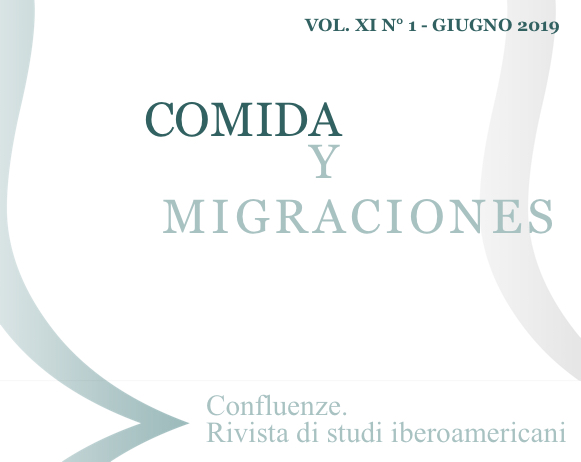Mito, sueño y escritura de la ambigüedad: “El hombre que siempre soñó” de Cristina Rivera Garza
DOI:
https://doi.org/10.6092/issn.2036-0967/9565Parole chiave:
Contemporary Mexican Literature, dream, myth, mermaid, ambiguityAbstract
This paper considers how the short story “El hombre que siempre soñó” (2002) by Cristina Rivera Garza is built around three discursive axes. The first axis refers to a “realistic” narrative, following a chronological development of the history. The second one is articulated according to the dream as an interruption of the conventional flow of time, and through the incursion of the “revealing moment” (Zambrano, 1986). Between those two axes, we can find a third one, which is made in the latent construction of the mythical isotopy related to the ancient Mexican mermaid in the myths of the origins. The mythical image works then as an “interpreter” (Herrero, 2006) of “reality” and its hermetic background, and it configures as origin and motor of the dream.Downloads
Pubblicato
Come citare
Fascicolo
Sezione
Licenza
Copyright (c) 2019 Margherita Cannavacciuolo
I diritti d'autore e di pubblicazione di tutti i testi nella rivista appartengono ai rispettivi autori senza restrizioni.
La rivista è rilasciata sotto una licenza Creative Commons Attribuzione 4.0 Internazionale (codice legale completo).
Vedere inoltre la nostra Open Access Policy.
Metadati
Tutti i metadati dei materiali pubblicati sono rilasciati in pubblico dominio e possono essere utilizzati da ognuno per qualsiasi scopo. Questi includono i riferimenti bibliografici.
I metadati – riferimenti bibliografici inclusi – possono essere riutilizzati in qualsiasi formato senza ulteriori autorizzazioni, incluso per scopo di lucro. Chiediamo cortesemente agli utenti di includere un collegamento ai metadati originali.






